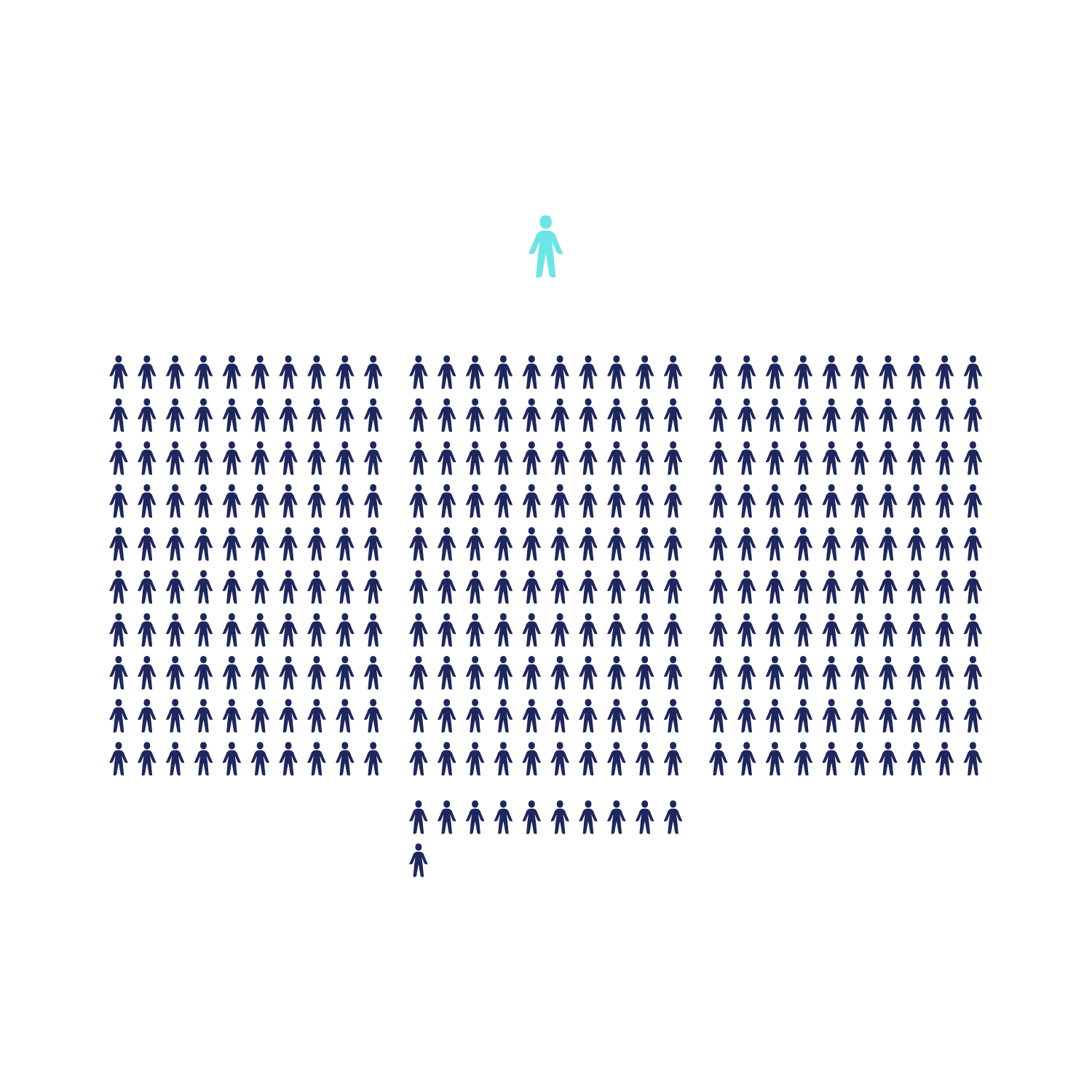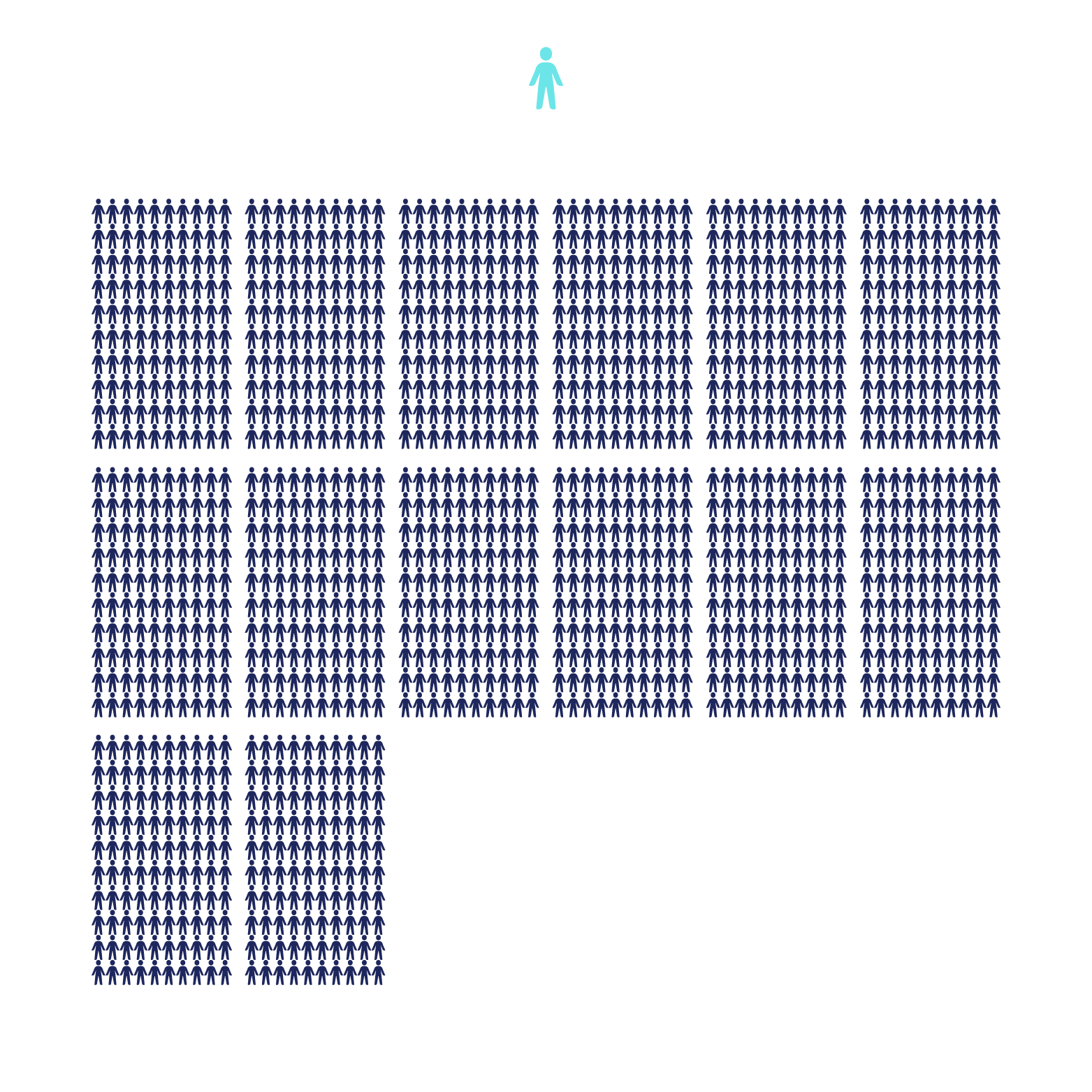What students need, in their own words
“Two years ago, I had a lot of mental health struggles. I was diagnosed with depression, and I was unable to do a lot of my schoolwork; my grades dropped severely.”
Joshua, a high school student from Yarmouth shared his struggles with the members of the Education and Cultural Affairs Committee in Augusta. He, along with more than a dozen other students, advocated for increased mental health support for students in Maine schools, citing facts, statistics, and stories of the extreme need to focus on student mental health and solutions to a growing crisis in Maine schools.
The students, ranging in age from elementary to high school, are part of the Maine Department of Education’s Student Cabinet that has worked for the past two years to better understand the mental health needs of Maine students, pushing lawmakers to support needed changes and increased resources.
“There are thousands of students in Maine who don’t have access to [mental health] resources but are suffering from similar problems and although they have school counselors, they are too busy often pursuing academic affairs. [Schools] don’t have enough social workers available to them to provide them with the necessary emotional support to get them through their issues,” Joshua told the committee.
Joshua admits he is one of the lucky ones. He was fortunate to be able to seek support from a health care expert outside of his school because he says the resources he needed were not available in his district. However, he understands help for many isn’t as readily available which is why the Student Cabinet asked lawmakers to continue to push for a bill the Maine Education Association supported that would increase the counselor to student ratio to the American School Counselor Association recommended 250 students to 1 counselor.
311 to 1 Ratio

Currently, in Maine, there are 311 students to one school counselor. Additionally, the students want to see an increase in social workers and school psychologists in schools. Here, the numbers are worse with 1 social worker for every 617 students and the recommended ratio is 1 to 250; school psychologists in Maine are rare with 1 to every 1,830 students, with the recommended being 1 to 500 students.
1,830 to 1 Ratio

Our educators are making a tremendous effort to promote social/emotional wellbeing-but more is needed.
“Our educators are making a tremendous effort to promote social/emotional wellbeing-but more is needed,” Grace Leavitt, MEA President told lawmakers as she supported a bill to increase the number of school counselors in schools and also include school social workers in the school funding formula, making it easier for school districts to pay salaries of those employees. Lawmakers in the Education Committee supported the legislation; however, the bill did not pass but will be discussed again during this next legislative session. MEA will once again push for its passage.
While laws can help, the MDOE Student Cabinet understands part of the problem is lack of available mental health professionals to fill positions, even if those positions existed. The students believe these issues can be fixed as well with creative thinking-focusing on telehealth, particularly for rural schools. Ryan, a Hampden Academy student, explained how it could work.
“Maine is an incredibly rural state. Getting school psychologists into schools, improving access to telehealth services for rural schools who don’t have access, ensuring that everyone who is exposed to students has quality training to make connections with students so that every student feels they have access to at least one trusted adult [is necessary.] There is a crisis that’s affecting a large amount of students in the state and will continue to affect those students until there are structures in place that can really provide them with the support that they need; looking to a third party or through the school to agree that on certain days where, for example, there is a conference room reserved to allow students to have access to a mental health professional,” said Ryan.
The stressors, according to the students, are vast, from safety issues to concerns about post-graduation.
“Three out of the 5 years I’ve gone to school in the Orono school system there have been shooting threats. I think we have to think about the correlation between mental health issues and school shootings. Schools really need resources to keep up with the increased mental health issues,” an Orono high schooler told lawmakers. Another shared “One of the major stressors [for students] is what happens next? What happens after high school, post-secondary plans. One thing that can really help with that is have more access to counselors.”
The need is clear. The question now, will lawmakers listen and pass legislation to support an increase in mental health experts and support more funding for other professionals to answer the cry of students who clearly are begging for help? The MEA will be at the forefront of the issue to continue to ensure those student voices don’t get drowned out in the halls of the state capital.

Maine Department of Education Student Cabinet Members. Photo credit: Maine Department of Education


